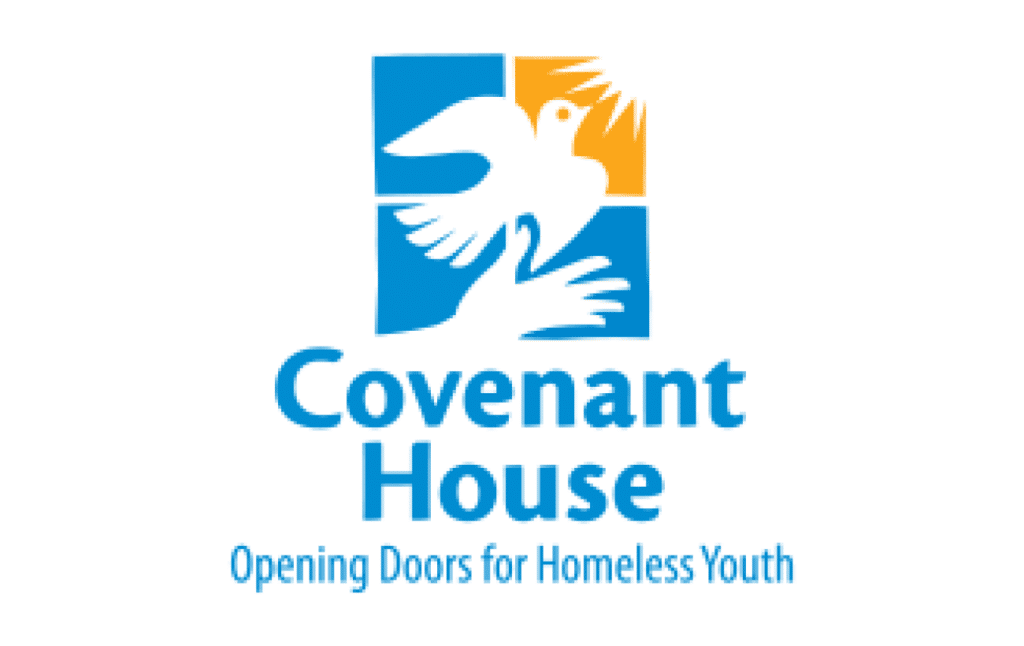In a world where consumers are bombarded with ads, offers, and information, personalization isn’t just a trend – it’s a game-changer. In fact, our comprehensive research across a variety of consumer goods categories found that nearly half of consumers say personalized offerings are important to their purchasing decisions.
It’s clear that personalization is no longer optional—it’s the key to standing out and building genuine connections with your audience. Brands that can deliver tailored, meaningful experiences are the ones driving engagement, gaining loyalty, and ultimately securing long-term success. The challenge lies in adapting to constantly shifting consumer expectations.
Our e-book, reveals exclusive insights driving consumer behavior and the strategies brands are using to harness the power of personalization. From understanding generational preferences to using data in meaningful ways, brands are discovering how to deliver experiences that feel personal, relevant, and timely. Let’s take a closer look at how personalization is evolving and what it means for building lasting customer loyalty.
Creating Human Connections, Not Just Transactions
Remember when personalizing an email with a customer’s name was considered cutting-edge? Today’s personalization tactics require a deeper understanding of customer behavior, preferences, and real-time data. Successful brands are moving beyond the basics and using powerful insights to create experiences that feel custom-made for each individual.
For example, our research highlighted that 70% of Gen Z appreciates when brands remember their past purchases and use that data to suggest similar products. It’s not just about knowing their name—it’s about making customers feel like you get them. When Spotify curates playlists just for you or Amazon suggests exactly what you need before you even think of it, these brands are building more than sales—they’re building relationships.
Personalization is About Knowing Your Audience – Really Knowing Them
Consumers today are savvier than ever, and they expect brands to know their preferences, habits, and even values. Get it wrong, and you risk losing your audience. Gen Z, for example, wants personalized experiences built around their digital lives, while Baby Boomers often prefer a more straightforward, no-frills approach. Failing to adapt to these differences could make your brand irrelevant to both groups.
Our research illustrated this point: over half of Millennials and Gen Z want brands to use their browsing history for personalized recommendations, while older generations like Baby Boomers remain more cautious. Understanding these different attitudes is essential to crafting a strategy that works for each customer segment.
Turning Data into Engagement – Without Overstepping
Consumers are open to sharing their data, but only if they trust that you’ll use it wisely. More than 50% of consumers across all age groups expressed discomfort with brands using their location data for personalized marketing, even though they appreciate tailored offers. Striking the right balance is critical. Too much reliance on personal data can erode trust, and brands must ensure they respect privacy while providing valuable, personalized experiences. For instance, Netflix asks for feedback on the shows you watch to fine-tune its recommendations. It’s transparent and asks permission, which builds trust and delivers value without feeling intrusive. The brands who excel at personalization make customers feel understood but not monitored.
Personalization by Category – One Approach Doesn’t Fit All
Our research indicated that personalized experiences are important across categories. However, luxury buyers are the most likely to value personalized experiences, with higher expectations for customization. On the other hand, Baby Boomers prefer a straightforward shopping experience, especially in categories like beauty and skincare.
Tailoring your strategy based on what your customers expect in each specific market can make the difference between a loyal customer and a lost sale. It’s about meeting (and exceeding) the expectations that are unique to each product category and demographic.
The Future of Personalization is Now
In today’s fast-paced market, waiting to adopt personalization isn’t just a missed opportunity—it’s a risk. Brands that adapt now and continue to optimize and update regularly, will secure a loyal customer base for years to come. Those that don’t, risk falling behind as competitors use personalization to win customers over. It’s not enough to gather data—you need to turn it into actionable insights that delight your customers at every touchpoint.
Whether it’s using cutting-edge MarTech solutions or having a deeper understanding of consumer behavior, the future belongs to brands that can make personalization feel like a seamless, natural part of the customer experience.
Ready to harness the power of personalization and make your brand stand out? Download our e-book: The Power of Personalization: Capturing Consumer Attention in a Competitive Market, now to discover how to deliver the experiences your customers crave and ensure your brand stays ahead of the competition.








